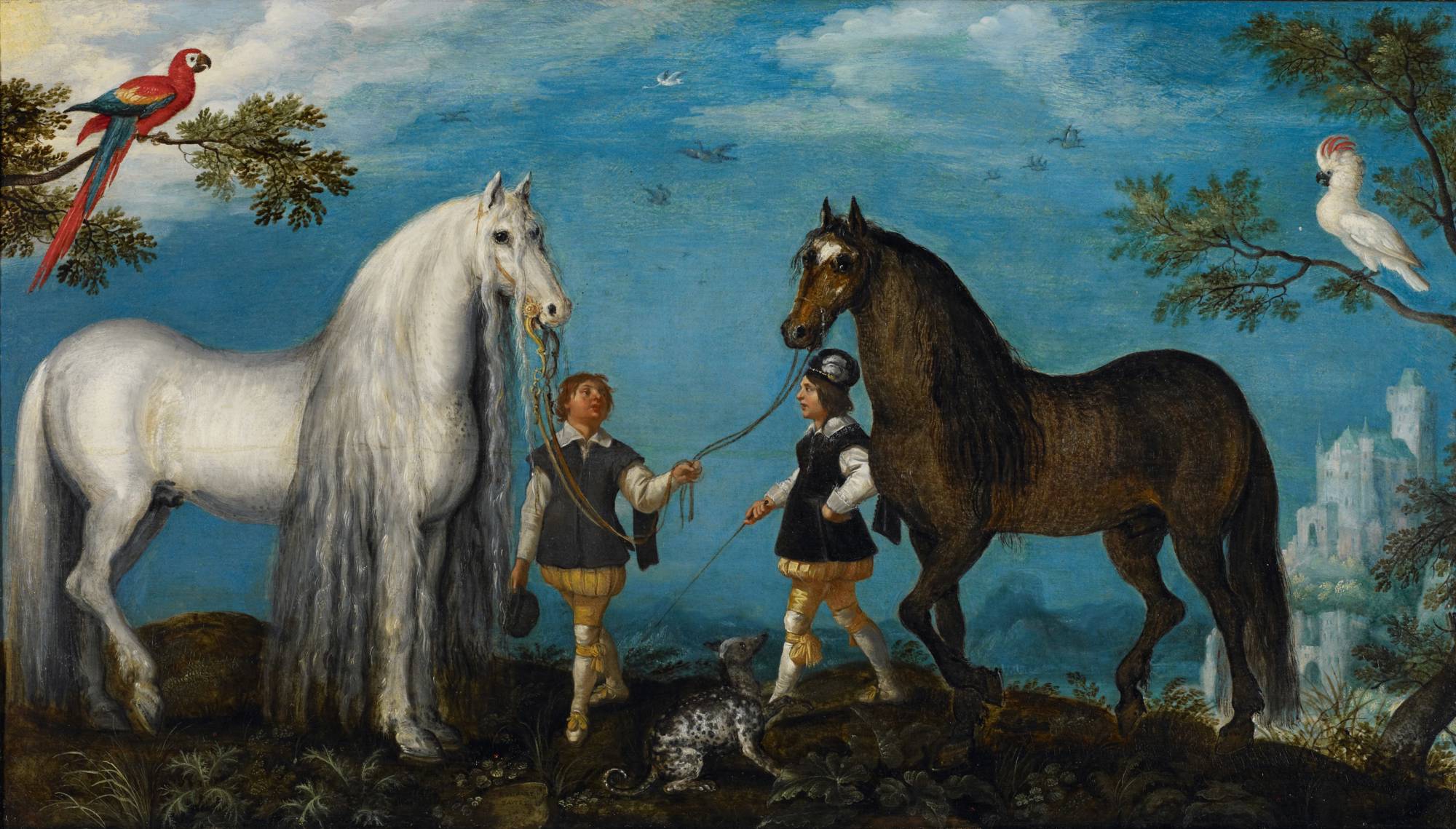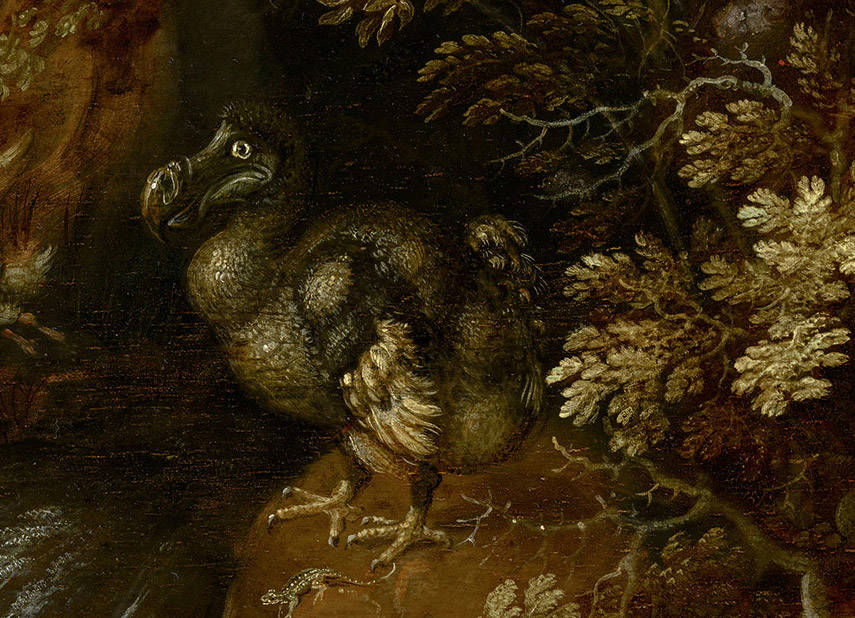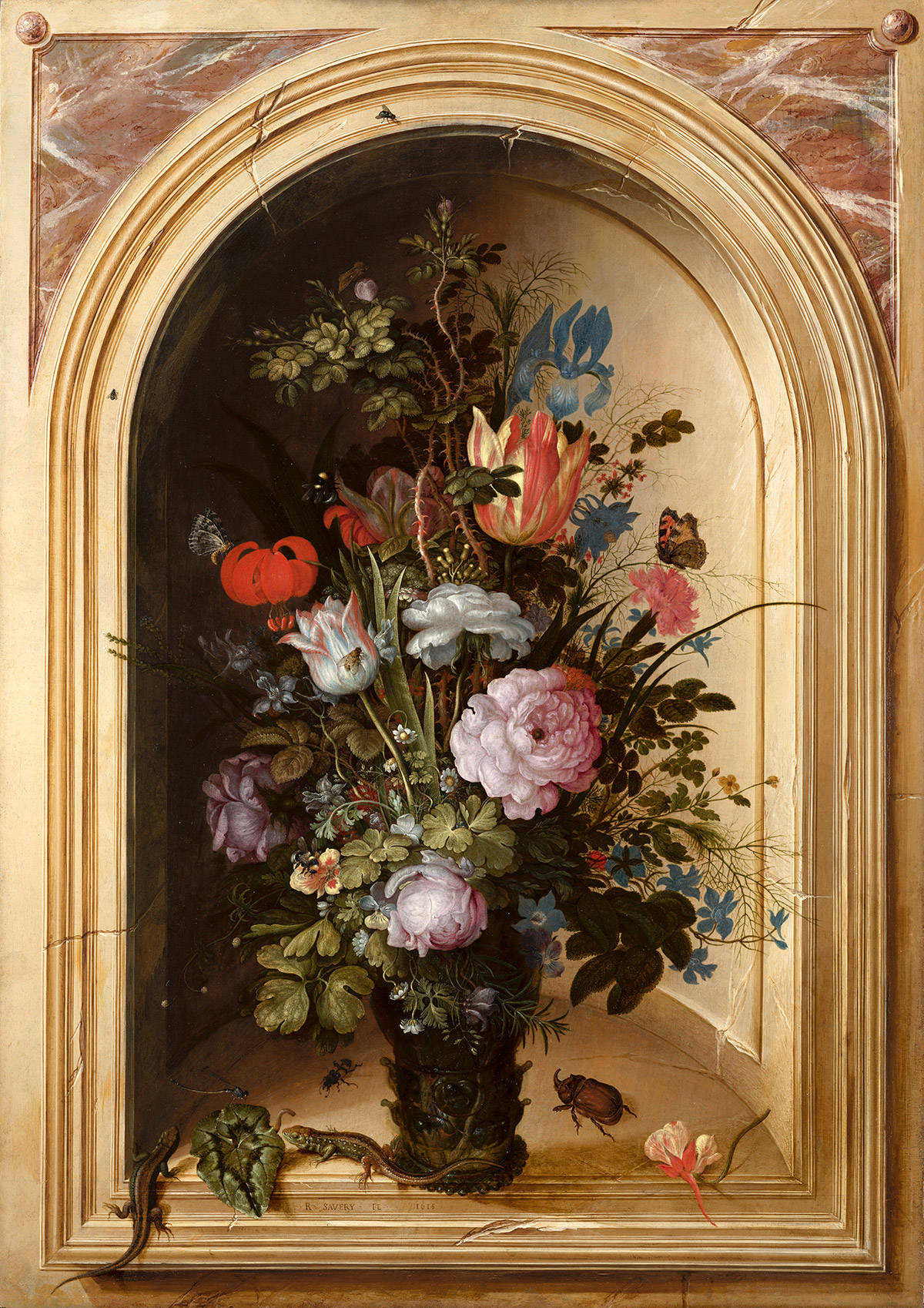
He was a pioneer in many fields, and introduced several new themes to Dutch painting. He made the Netherlands’ first floral still life, and was the most notable painter of the legendary (extinct) dodo. He was also the first artist who went out into the streets to draw ordinary people. His painted landscapes are often like a fairytale, featuring ancient ruins and marvellous vistas. And his animal paintings include so many species that it would be an understatement to describe them as 'crowded'.
'Roelant Savery's Wondrous World', featuring over 40 paintings and drawings, including works on loan from museums in the Netherlands and abroad, will introduce visitors to this highly versatile artist. The exhibition has been sponsored by the Cultuurfonds, Stichting de Johan Maurits Compagnie, the Friends of the Mauritshuis and the VriendenLoterij.
The exhibition is on view from 8 February until 20 May 2024.










